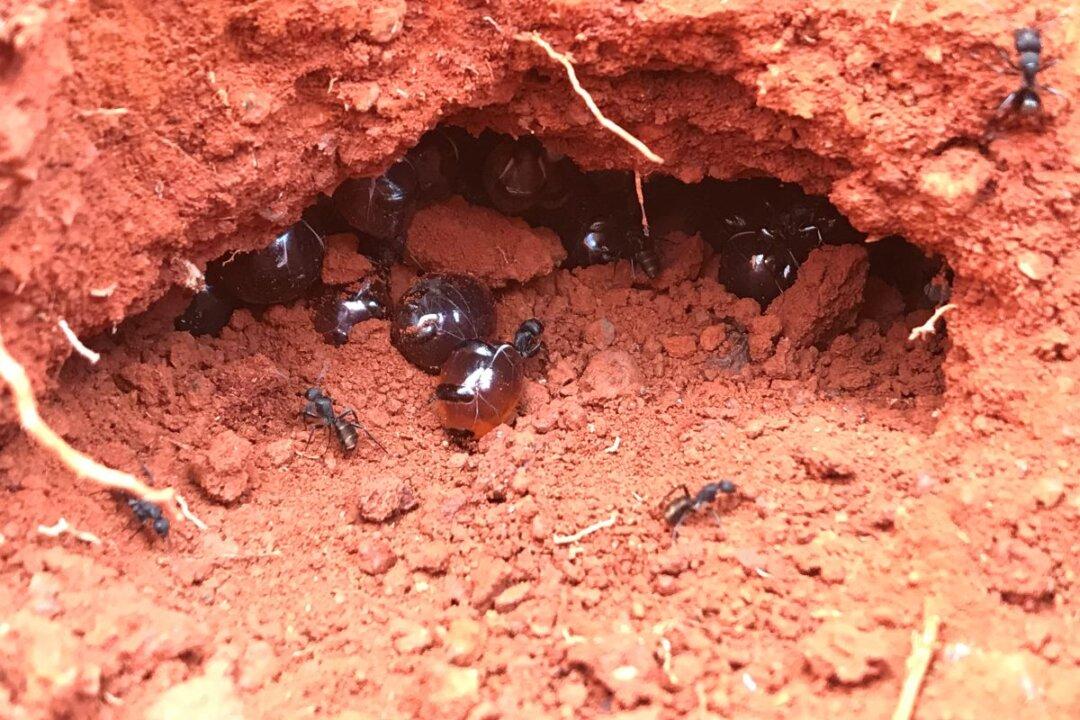An Australian team of scientists found that the unique honey produced by the honeypot ant has such anti-microbial properties that can be used medicinally.
Researchers led by Andrew Dong and Dr Kenya Fernandes from the University of Sydney’s Carter Lab and Sydney Institute for Infectious Diseases worked with the Australian honeypot ant (Camponotus inflatus), which can be found in the Honey Ant Dreaming site, located in Central Australia.





